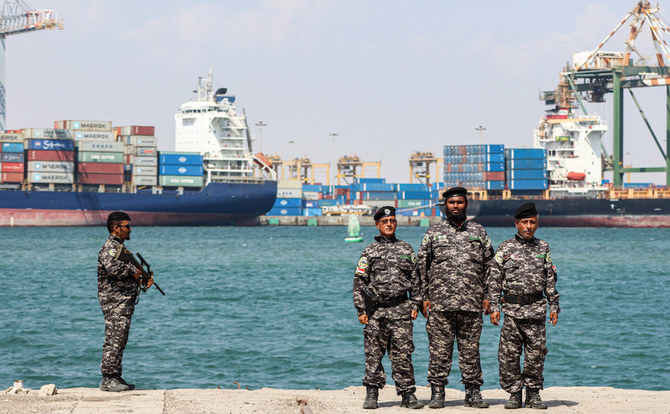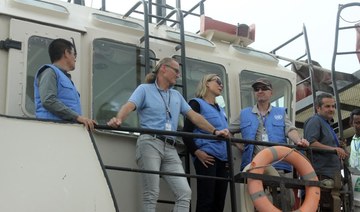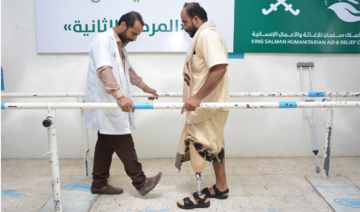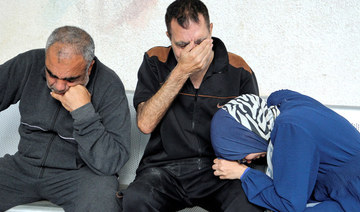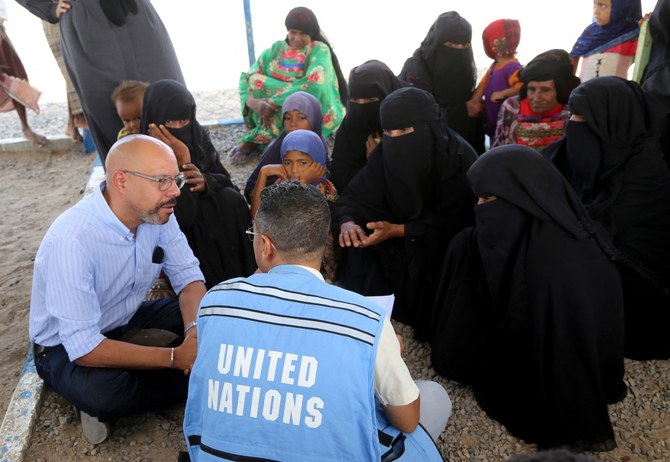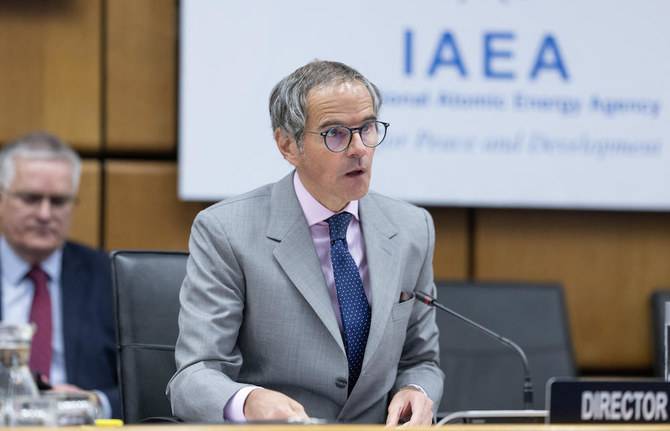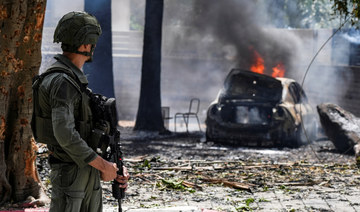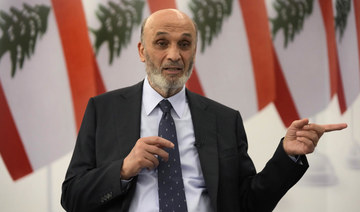AL-MUKALLA: Seaport authorities in Aden continue to store urea fertilizer despite an order to dump the hazardous material, government officials said Saturday.
In August, a committee assigned by Yemen’s attorney general to investigate reports of thousands of tons of ammonium nitrate being stored at the port found that the material was in fact a different fertilizer, urea. It ordered the seaport authority to get rid of it as it could explode if mixed with other materials.
The investigation followed a media report about ammonium nitrate gathering dust at the port that could cause a massive explosion, similar to the one that ravaged Beirut on Aug. 4.
The story caused uproar and panic in Yemen, prompting lawmakers, government officials and the public into demanding a quick investigation.
When asked why the judiciary order had not been followed, Mohammed Amzrabeh, chairman of the Yemen Gulf of Aden Ports Corporation, told Arab News that the case was in court, without giving further details.
But, according to two local government officials familiar with knowledge of the case, seaport authorities are demanding that a local trader who imported the materials pay hundreds of thousands of dollars in hire charge for storing the urea.
“The seaport authorities seek a financial settlement with the trader,” one of the officials, who requested anonymity, told Arab News. “The materials have expired and no longer pose a threat to anyone.”
The Saudi-led Arab coalition and the internationally recognized government have asked local traders to get permission before importing urea fertilizer, widely seen as an explosive material that could be used by the Houthis for military purposes.
Last month, a busted arms ring that had supplied the Houthis with weapons from Iran confessed to importing tons of urea fertilizer for the rebels.
There has been fighting between government forces and the Houthis in the northern provinces of Jouf and Marib and the western province of Hodeidah for the second consecutive week, leaving dozens dead on both sides.
Yemen’s Defense Ministry said on Friday that coalition warplanes targeted a gathering of Houthi fighters in Marib, killing dozens of rebels and destroying vehicles. The rebels had been heading to battlefields in the province as reinforcement.
Coalition warplanes also hit Houthi military forces and equipment in Marib’s Serwah district.
Army troops and allied tribesmen on Friday announced seizing control of new areas in Khab and Sha’af district in Jouf, days after securing a strategic military base and neighboring areas.
Backed by coalition air support, government troops in Jouf have been pushing forward to recapture Hazem, the provincial capital that fell to the Houthis in March.
Fighting subsided in Hodeidah on Saturday, days after government forces foiled Houthi attacks in Hays and Al-Durihimi districts and in contested districts in Hodeidah city.



